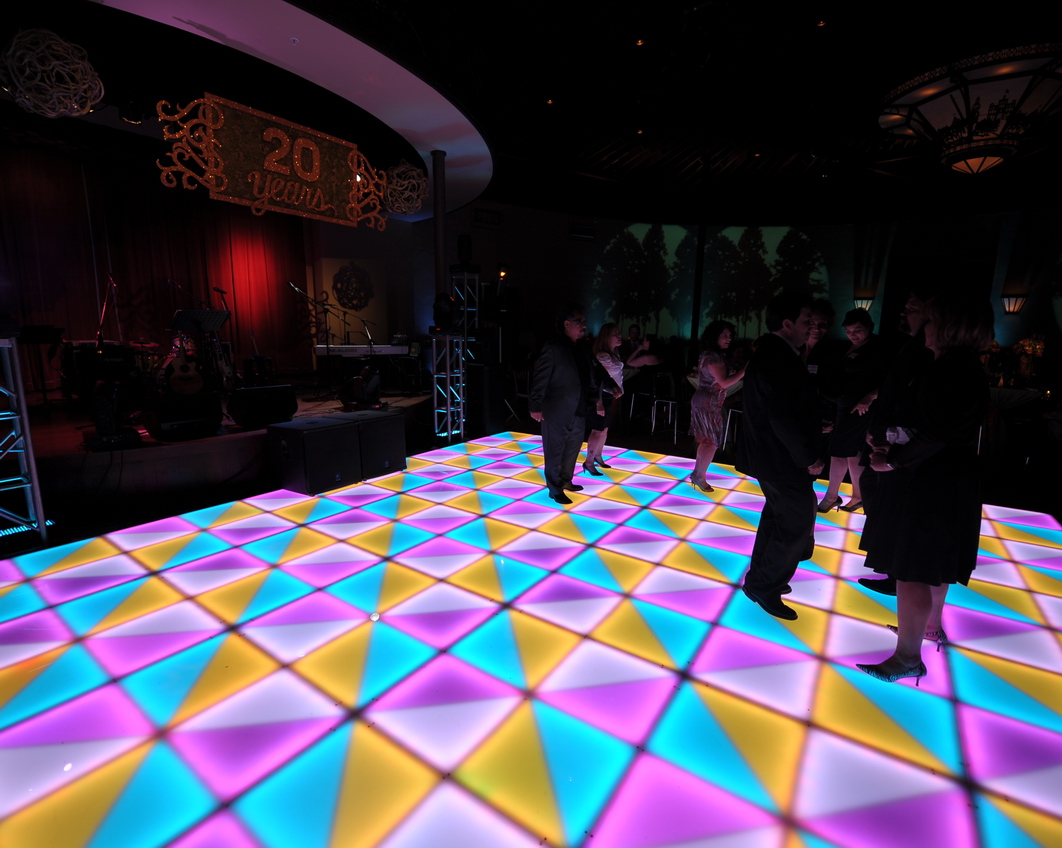Ensuring Safety and Pleasure on the Dance Area: Spotting and Mitigating Typical Hazards
Ensuring Safety and Pleasure on the Dance Area: Spotting and Mitigating Typical Hazards
Blog Article
Dancing activities is a well-liked activity that unites individuals collectively, whether at a party, a club, or a unique event. Yet, although dancing can be a lot of enjoyment, it is essential to keep safety in consideration. The dance area can pose various hazards that may lead to injuries or incidents if not managed appropriately. By identifying and mitigating these frequent hazards, event organizers and dancers can ensure a safe and enjoyable experience for all.
One of the major notable hazards on the dance floor is the risk of slipping or falling. This can occur due to liquid accidents, uneven surfaces, or crowded spaces. To avoid these incidents, it is important to maintain a tidy and clear dance area. Event organizers should regularly check the floor for any spills or obstacles and clean them up immediately. Furthermore, making sure that the dance floor is well-lit can help dancers see potential hazards, reducing the chances of falling. Dancers should also be cognizant of their environment, avoiding crowded areas where they may be pushed or tripped.
Another frequent issue on the dance area is the potential for injuries caused by too many people. When too many people congregate in one area, it can lead to collisions, bruises, and even more grave injuries. To prevent overcrowding, locations should set a maximum capacity for the dance floor and oversee it closely. Event organizers can use barriers or cords to create designated areas for dancing, which can help manage crowd movement. Additionally, encouraging dancers to be conscious of their personal area and to consider others can create a more secure environment for everyone.
Injuries can also happen from unsuitable footwear. Wearing shoes that are not appropriate web link for dancing can lead to falls, injuries, or foot damages. Dancers should select footwear that provides proper support and grip. Event coordinators can encourage guests to choose appropriate shoes by including this information in announcements or messages. Providing a place for dancers to keep their shoes can also assist keep the dance floor safe and clear from potential hazards.
Lastly, it is essential to consider the significance of health and wellness on the dance floor. Staying well-hydrated is important, especially during long periods of dancing. Lack of hydration can lead to lightheadedness, fatigue, and other health special info issues. Event organizers should provide hydration stations or invite guests to bring water containers. Additionally, it is vital for dancers to pay attention to their bodies and take breaks as needed. By encouraging a healthy environment, everyone can enjoy dancing while reducing the threat of health-related issues.
In conclusion, ensuring safety and enjoyment on the dance floor requires consciousness and preemptive measures. By identifying hazards such as falls, overcrowding, unsuitable footwear, and health concerns, event coordinators and dancers can work together to create a secure environment. Taking these actions not only prevents mishaps but also improves the overall experience for all involved. With appropriate precautions, the dance floor can remain a space of fun and camaraderie for all.